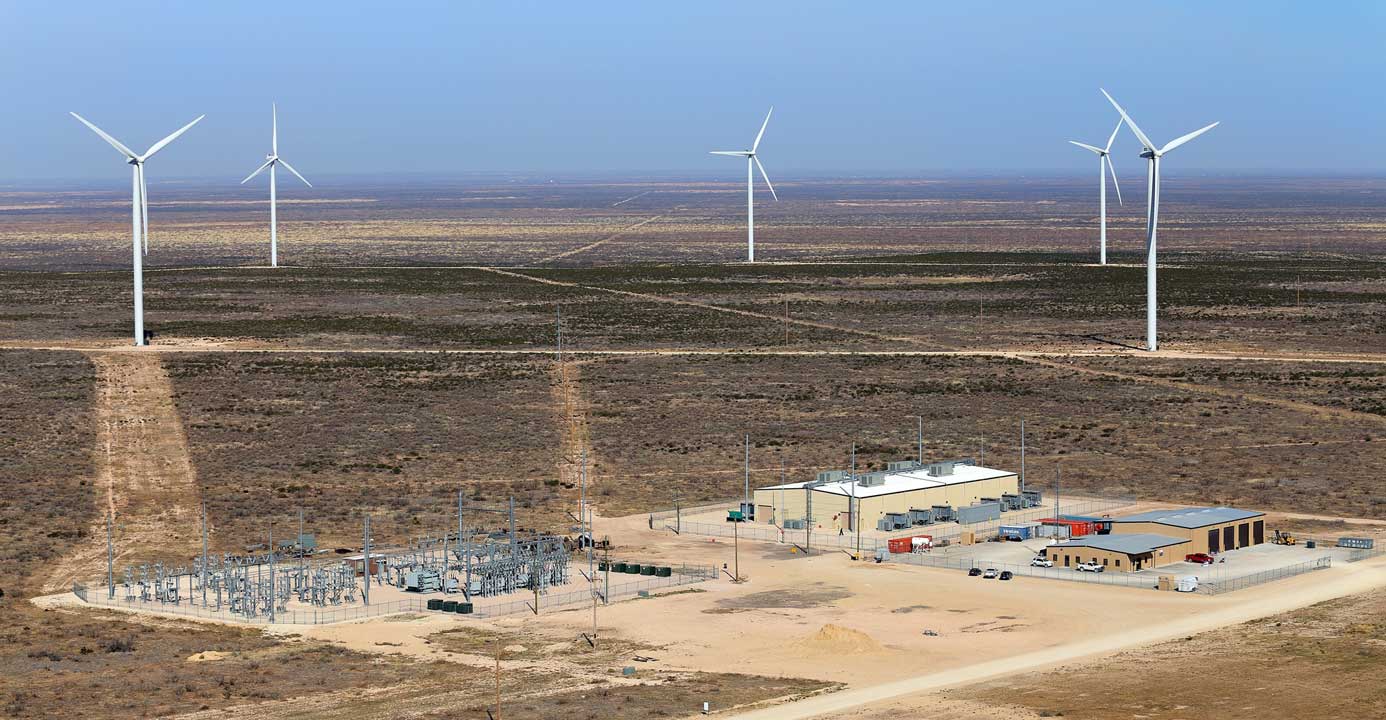Digitalisation is having a massive impact throughout the energy system – and the wind industry is no exception. Fortunately, wind energy is in the perfect position to totally optimize this opportunity.
Why?
Because modern wind turbines are already embedded in a massive network of data exchange. Today’s turbines have multiple sensors to collect information about their surrounding environment, wind speed, temperature, pressure, humidity, sound, etc. They use this for numerical weather forecasting, and monitor the performance of individual components and the turbine as a whole. This allows wind farm operators to optimize their wind energy production and keep operation and maintenance costs in check.
Let’s break this down a little
Digital models are expanding way beyond simple monitoring of the gearbox, main bearing and blades in wind turbines. At Sentient Science, we estimate a 13% reduction in the cost of revenue is achievable with materials science-based life predictions and life extension integration from participating service and parts providers.
So let’s look at just 6 ways that this is possible:
1. From reactive to predictive maintenance
Every project owner dreams of moving away from reactive or corrective maintenance and fully adopting predictive maintenance strategies. Why? Because component failures lead to lost revenue from downtime, replacement costs, labor and risks associated with repair. Digitalisation allows operators to detect and plan for when problems will occur – before they occur – minimizing or even avoiding the loss of revenue.
Wind energy is variable: that’s just the way it is. Sometimes it’s windy, and sometimes it’s not. This means that annual profit margins are always somewhat variable: a wind farm that’s profitable one year may fall short the following. That’s why it’s crucial to budget and forecast for costs on a year-over-year basis.
Digitalization allows operators to run long-term prognostics, meaning you can selecting the right asset action to avoid future cost of replacements. This gives you the financial benefits of multiyear forecasting and budgeting.
3. Supply Chain Management
Digitalization provides operators with insight into the right amount of monthly safety stock needed for their fleet, and software provides visibility into where and when those replacement parts will be needed. The savings from this increase year-over-year, reducing major component storage costs and improving cash flow using prognostic software.
When the operator understands the impact the replacement part has on the RUL of the major system, more informed and cost-effective decisions can be made, including a switch to a ‘Buy on Life’ purchasing strategy, as opposed to just price and delivery.
4. Risk management through data collection
You have a part that failed. This immediately raises questions: when did the damage started? Why did the failure occur? And how do you evaluate life extension actions to avoid repeat failures in the future?
And then you have insurance problems! Insurance providers often reject claims when there’s insufficient data to demonstrate the root cause of the failure. When a claim is rejected, it’s the operator who’s required to pay the full amount of the exchange (which can total more than $350,000 for each gearbox replacement!).
With materials science, this risk could be eliminated, saving on average $20,000 per failure, which means between $125,000 and $450,000 per year as additional assets come online for digital monitoring.
5. Even more risk management through data collection
Most operators don’t even begin data collection for end-of-warranty negotiations until the final 6-12 months of the warranty period. Missing data from before this time period results in missed opportunities to prevent future failures and repeat costs in the future. Early data collection can help optimize operation of the turbine for the best long-term benefits.
6. Major business implications of digitalization
The financial impact of improved governance and control over failure rates can equate to huge savings potential for the operator and improve the sustainability of wind energy as the major source of energy in the future.
When each of the savings from the various business areas are added up, you get a 4:1 ROI for the price of digitalization.
The data speaks for itself: digitalization reduces the man hours associated with component failures and reduces expenditure in the field, improves overall safety through lower TIDR rates of exposure. Whatever way you look at it, digitalization makes sense for wind energy – don’t get left behind!
In a global effort to demonstrate the benefits of digitalization WindEurope, North America-based conglomerate Tower Climbing Grease Monkeys, Recharge News and Sentient Science have partnered up to power the world’s largest Global Wind Challenge. The online “game” allows players to maintain a wind fleet of 60 turbines, choosing ways to optimize the assets through life extension actions. The players can work on 1 or all 60 turbines. The objective of the game is to extend the life of the turbine(s) the longest at the lowest Net Present Repair Cost. Register today. The Wind Challenge starts Sept. 10. Prizes will be announced at the Global Wind Summit in Hamburg, Germany.
